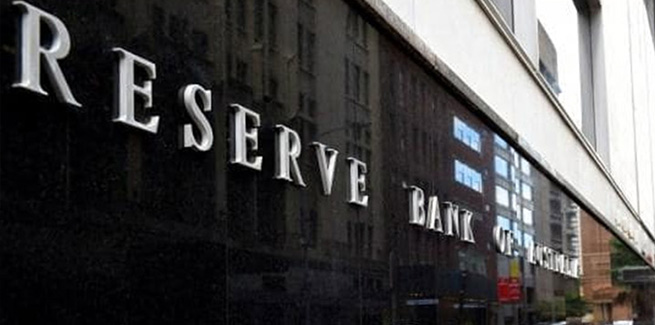As anticipated, the Reserve Bank of Australia (RBA) has announced that it has held the official cash rate at 0.25 per cent following its monthly monetary policy board meeting.
RBA governor Philip Lowe recently stressed that the cash rate would remain unchanged for “some years to come”, with the COVID-19 crisis stifling progress towards the RBA’s employment and inflation targets.
“I have trouble seeing inflation to 2-3 per cent for quite some time. It’s going to be a long, drawn-out process until we get full employment, which means we’re going to keep interest rates where they are perhaps for years,” he told the Senate Select Committee last week.
Mr Lowe acknowledged the limitations of monetary policy in light of expected cash rate inertia and called for a shift in attitude away from a dependence on cash rate changes to manage economic cycles.
“Going forward, fiscal policy will have to play a more significant role in managing the economic cycle than it has in the past,” he said.
“In the last 20 years, monetary policy has been the main swing instrument. We’ve moved interest rates up and down to manage the business cycle and keep inflation under control.
“In the next little while, there’s not going to be very much scope at all to use monetary policy in that way, so I think fiscal policy will need to be used.”
However, the RBA’s monetary policy stance has been questioned by Westpac chief economist Bill Evans, who has urged the central bank to consider further cuts to the cash rate.
Mr Evans acknowledged downside risks associated with lower interest rates, particularly the impact on depositors, investment trends, the net interest margins of the banks and inflation expectations.
But according to the Westpac economist, lower interest rates would produce a more competitive exchange rate, incentivise lending to households and businesses, and further ease debt burdens for mortgage-holders and retail customers.
“Until we get more clarity around the way in which the economy develops, the current policy is appropriate,” Mr Evans said.
“However, a serious case can be made for the RBA to consider further cuts and entering negative territory for the cash rate if it becomes apparent that the economy is deteriorating even more than is currently expected.”
Mr Evans added: “Although there is a clear current message from the RBA, circumstances can change and astute policymakers (as the RBA has proven to be over many decades) can change with them.”
The RBA has previously stated that it has “no appetite” for negative interest rates in Australia.
In November, the RBA questioned the utility of negative interest rates, with governor Philip Lowe warning they could curtail plans to stimulate the economy.
“[Having] examined the international evidence, it is not clear that the experience with negative interest rates has been a success,” Mr Lowe said.
“While negative rates have put downward pressure on exchange rates and long-term bond yields, they have come with other effects too.
“It has become increasingly apparent that negative rates create strains in parts of the banking system that can impair the ability of some banks to provide credit. Negative interest rates also create problems for pension funds that need to fund long-term liabilities.”
The governor added that negative interest rates could also encourage households to save more and spend less, particularly if they are concerned about the possibility of lower income in retirement, and by extension, dampen confidence in the general economy by leading to a situation where lower rates become “contractionary rather than expansionary” (reversal rate).
[Related: Lowe calls for new monetary policy ‘mindset’]
 ;
;
